Play Is Anything But Trivial
Play, it seems, has an image problem. The public thinks it’s… child’s play ! The importance of play is thoroughly counterintuitive. Play looks like a waste of time – because it is not goal directed. That is the very essence of play, activity that is not goal directed. And we adults are goal directed. It gets in the way of other things we want to do on our way to achievement, a goal we also very much want for our children and are very worried about these days.
The big question is why we bother to play at all.
After all, play is by definition mental and physical activity not related to survival.
It is a basic tenet of evolutionary psychology that useless behaviors – and worse, deleterious ones, which play can seem to be since it erodes energy, wastes time that could be spent searching for food or studying for SATs, and opens players to injury – pretty quickly get drummed out of behavioral repertoires.
In an exhaustive examination titled ‘The Ambiguity of Play’, the psychologist Brian Sutton-Smith found the meaning of play playfully elusive. Like teasing, its psychological sibling, ambiguity is vastly underrated. By its very ambiguous nature it gives brains a workout. It is cognitively challenging. It requires attention, and so it sharpens senses. It both demands and inspires mental dexterity and flexibility. It thrives on complexity, uncertainty, and possibility. That makes play just about the perfect preparation for life in twenty-first century.
Play makes us nimble – neurobiologically, mentally, behaviorally – capable of adapting to a rapidly evolving world. Play cajoles us toward our human potential. It preserves alternatives – all the possibilities our nervous system tends to otherwise prune away as we specialize in what become our own quirks of behavior. It is no accident that all the predicaments of play – the challenges, the dares, and the double dares, the chases – model the struggle for survival. Play is a primary place for the expression of anything that is humanly imaginable,” said Sutton-Smith, “a prime domain for the actualization of whatever the brain contains.” Play is our free connection to pure possibility, a prime pathway to transcendence precisely because it is so mercurial. Play is the future with sneakers on. And that is probably why it spurs creativity. In making our brain circuits more flexible, play prompts us to see the world in new ways, says Robert Root-Bernstein, a professor of life sciences at Michigan State University, MacArthur “genius award” grantee, and longtime researcher of creativity. We can make new connections. Play encourages people to synthesize knowledge across different domains. The capacity to invent is intimately wrapped up in the freedom to play. Root-Bernstein has found that genius inventors and scientists are accomplished at playing – as musicians, in the visual arts, with writing and poetry. And many had created imaginary worlds as children, engaging in the activity known as “imaginative-world-play.”
The End of Play
In the hothouse that child raising has become, play is all but dead. Thanks to achievement pressures, kids’ play is going the way of the hula hoop. Under pressure to create an atmosphere of achievement, schools are doing away with recess in the belief that less time for play leaves more time for study. Deemed extraneous and expendable, play, like art classes, has been sacrificed to the mistaken, mechanistic belief that the path to educational efficiency is straight and narrow and runs strictly through reading, math, and science. This is a kind of academic fundamentalism no more congruent with the richness of human nature, curiosity, and development than the religious kind.
Even in preschool, play is under assault; desks and work sheets are increasingly replacing blocks and make-believe, the play that emanates from children’s free-flowing mental activity. The percentage of time that preschool kids spend in play decreased from 40 percent in 1981 to 25 percent in 1997. At the same time, a four-billion-dollar tutoring industry has sprung up- with a whooping 26 percent of it lavished on two to six year olds.
What play there is has been corrupted. The organized sports many kids participate in are managed by adults according to their rules; difficulties that arise are not worked out by kids but adjudicated by adult referees. Kids’ play is professionalized; team sports are fixed on building skill and on winning and losing, not on having a good time. There is nothing light hearted about a soccer game when children are paid by their parents every time they play in a winning game.
In 1998, children were spending 50% more time in organized sports than in 1981. They also spent 30 minutes less time each day in unstructured play and outdoor activities. Free time decreased to 25 percent of a child’s day in 1997, compared with 40 percent in 1981 – and most of that time is spent watching television. Not only are children’s lives more structured. More and more, play is equipment intensive and consumer oriented, a matter of pay for play.
Active play often gets stopped in the belief that it is too rough for children – despite evidence that rambunctious play actually fosters maturation of the nervous system, not to mention maintenance of healthy body weight.
Kids are having a hard time now even playing neighborhood pickup games because they have never done it, observes Barbara Carlson, president and co-founder of Putting Family First. “They have been told by their coaches where on the field to sand, told their parents what color socks to wear, told by the referees who’s won and what’s fair. We are seeing that kids are losing leadership skills.”
“Children aren’t getting any benefits out of play as they once did,” declares Tufts University’s David Elkind, the child psychologist who first drew attention to the dangers of the high-pressure experiences in his prescient 1981 book, The Hurried Child. It’s universally recognized by specialists that play is vital in teaching children how to control themselves and how to interact with others. When the activity itself is compromised, it can have long-term consequences for children’s emotional and psychological development.
Play: Practice for Adulthood
Contrary to the widely held belief that only intellectual activities build a sharp brain, it is in play that the cognitive skills are most acutely developed. By play I’m referring not to adult-coached and adult-monitored sports but to true play: free, unstructured play, where the kids invent the activities, the activities reflect their own curiosity and interests – and they can find their own ways to be with each other. Anxious parents may regard play as trivial, but studies of children around the world demonstrate that play actually sharpens intellectual skills. Child’s play fosters decision-making, memory, thinking, and speed of mental processing. This shouldn’t come as a surprise. After all, the human mind is believed to have evolved to deal with problems.
There’s no question that today’s parents want the best for the kids.
They especially want them to be prepared to thrive in a fast –changing world for which they themselves did not feel at all prepared. But in removing play from childhood, they have it precisely backward. Play is the true preparation for adulthood. At its heart, play is rule bound activities in which the outcome is unknown. It’s the way we learn to handle the unexpected. Play sharpens wits and makes mental processes nimble –resilient and ready for whatever life throws our way.
On the basis of his pioneering studies of animals, Panksepp has come to the conclusion that play is one of the very fundamental motivational drives of all higher creatures. His studies show that if you deprive animals of play in early life, they spend their time playing in extended adolescence.
Nature’s Spitball
Play turns out to be critical neurologically. That is the great hidden secrete of play. Panksepp”s research reveals that play turns on hundreds of genes in the brain and it acts in specific areas. It generates the production of a nerve growth factor called BDNF (brain-derived neurotropic factor), and it does it in the frontal cortex of the brain, the executive control center.
BDNF is well recognized as the key modulator of nerve cell development, the creation of new nerve cells, called neurogenesis, and the branching of nerve cells that literally gives us behavioral flexibility, and survival itself. It is helpful to know that other things that turn on BDNF production is learning and vigorous exercise. One thing that turns off production of BDNF is stress. Further, BDNF is what’s missing in depression. All of the therapies that work in relieving depression stimulate production of BDNF. Right there is a potentially critical connection, with lack of play setting the stage for psychopathology.
What play does, by stimulating neurogenesis, is hasten the development of the frontal cortex and program it. It solidifies the executive functions of the brain. In other words, it fosters the maturation of the very centers of the brain that allows us to exert control over attention, regulate our emotions and control our behavior. Here is the very subtle trick that nature plays: it uses something that’s not goal directed to create the very mental machinery for people to be goal directed. It creates the inhibitory circuitry of self-regulation and attention.
In other words, says Panksepp, play “helps program higher brain areas that will be required later in life.” You’ve got to admire it – the ability of play to stimulate the maturation and transformation of the brain is concealed under the fun. The subtlety and subversiveness of the transaction probably constitute the major reason why we haven’t caught on to the importance of play.
But today’s parental pressure obscures the value of play and makes it seem like a waste of time, a distraction from the true goal of academic and vocational success. Such a dismissive attitude toward play leads kids themselves to view any activity that is not explicitly goal directed as worthless and dilatory. Unfortunately, human development just doesn’t unfold in a beeline.
Play also has direct long-term effects on learning. Concealed under the fun is the fact that peer interaction on the playground is a cognitive high-wire act at the same time that it is very motivating for kids. For some it may be the only positive associations with school and may create their only feelings of efficacy in that milieu. Especially when adults aren’t watching (but video cameras are), play stimulates sophisticated and rich language use-play seems to have its own unique grammar and distinctive use of the past tense- complex role play, and conceptual leapfrogging.
When he measured the playground behavior of kids for two years, the psychologist Anthony Pellegrini found their social behavior at recess in kindergarten predicted achievement at the end of first grade, as measured by class work and standardized tests of general knowledge, early reading, and math concepts. By a whopping 40 percent, play was significantly more predictive of academic success than the standardized achievement tests.
From observations of four year olds, the psychologist Laura Berk offers proof that play actively stimulates development of self-regulation-not just any old play but kid-centered, kid-controlled play. At the time a distinguished professor at Illinois State University, she told the Yale conference that pretend & Open Ended play has such powerful effects because it is so rich in collaborative dialogue. Here is what is so important about collaborative dialogue: Of course, it boosts kids’ vocabulary and their language skills. But it does much more. In Open Ended play, kids come up with their own rules- and then they voluntarily make themselves conform to the rules they have negotiated. No one has to tell them to subdue wild impulses or pay close attention; they do it simply because they want to stay in the make-believe world they have just invented together.
In other words, children are learning to use their thoughts to control and guide their impulses. Berk can’t stress enough how developmentally significant such play is. “The paradox is that subordinating their actions to the rules is central to the pleasure of playing-whereas in everyday life the rules are often the source of frustration.”
In one set of studies, Berk observed fifty-one middle-class kids in open ended play in their preschool classroom, and then measured their capacity for self-regulation in the performance of two required cleanup tasks. She compared their actions at the start of the school year with their performance at the end of the year. Impartial observers rated the kids’ behavior in school; parents rated their impulsivity at home. The time kids spent in open-ended play wound up correlating precisely with the time spent cleaning up. The deeper their play, the more they could get their act together for a cleanup task. The gains were greatest in the most impulsive kids. “We need to return to playful engagement in the classroom,” Berk implored the Yale conferees. “The more we teach through work sheets the more we undermine self-regulation.”
Like Panksepp and Pellegrini, Berk sees an urgency in the new evidence about the sometimes subtle effects of play. They all agree that kids need more time to play – preferably beyond the watchful eyes of parents or teachers. “It’s important to let children interact on their own terms.” Says Pellegrini. “Providing children with a physical education class as a substitute for recess does not serve the same purpose. They need to play.” Panksepp makes the same argument but couches it slightly differently: “Adults tend to stop [play] engagements because they get too boisterous. Kids are continually having to break off from this kind of activity before their nervous system is eager to back off.” Play, where kids make actual physical contact, has particular value.
Not to be underestimated: The role of play in creating an environment everyone enjoys. “The big thing about play is you’re happier,” Sutton-Smith stressed. In a study done in Austria, children were given unlimited access to toys especially open-ened toys – provided they did their work first. Whenever their work was done, they could play with toys the rest of the day. The kids who got the chance to play performed as well academically as the kids in other classrooms – but they wanted to go to school more. The teachers liked the classrooms, and the parents liked the school. Similarly, a study done in the United States looked at kids coming into first grade with a reading background versus those coming in with a more old-fashioned play background, where there was talk and singing and make-believe and play with open ended toys. The kids who came in having been taught reading performed better during the first grade – but they were no better by the end of first grade. And they were much more depressed. “The opposite of play is not work,” insisted Sutton-Smith. “It’s depression.”
That makes play essential not just for motivation but for all of mental health. Psychologists and psychiatrists have long known that emotionally disturbed children play only in very limited ways. Their play is rigid and obsessive; they enact the same scenarios over and over again. Play is often a primary therapy for children who have experienced trauma of some kind. “One of the only things that works with kids in hospitals who are anxious about surgery is play therapy,” Sutton-Smith points out. Through play therapy, traumatized children get to imagine new outcomes to their dire experience. They get to exert control over their world. And in fact, if traumatized children are not given the opportunity to find a way out through play, they will enact their experience in play over and over again.
The inability to play is a sign of poor mental health. Animals deprived of play become socially inept. Mice deprived of play have a thinner cortex than other mice. Animals that do not play at mothering become incompetent mothers. And so it may be that the play deprivation of a whole generation of youth is contributing to their mental fragility.
Most American adults say they want their “children to be children.” They want their children to play. But the belief in play’s value doesn’t translate into parental behavior. In late 2004, Shelly Glick Gryfe, director of marketing research for the Fisher-Price toy company, conducted a survey of 1,106 mothers of children under six and 106 play experts, to see how play fit into the lives of young children. Ninety-five percent of mothers said it is important to them that their children spend some time playing every day. They also felt they were not conforming to the pressures of other mothers. “But their actions tell another story,” Glick Gryfe found.
Sixty-six percent of them agreed “These days, parents always have to be finding ways to help their children excel.” Yet mothers believe “it’s the other mothers who are insisting on structure and preparedness for their young children.” Most mothers fear that if they won’t conform, their child will be left behind. In this, their views diverge sharply from those of developmental experts.
“I think that we are all anxious that our children will fall behind, and there is no time for play among such fear,” says Kathy Hirsh-Pasek, professor of psychology and director of the infant language laboratory at Temple University and an organizer of the Yale conference. “Play emerges spontaneously everywhere-even in war zones and concentration camps.
And the data are incontrovertible. Thirty years of psychological research indicates that play is the crucible for learning and critical for social skills, which are critical for success in school. Playful learning increases attention, motivation, academic skill, social development, and health. Yet we are at an impasse where tutoring for two-year-olds is a reality and play is down. We can turn out robots or creative problem solvers. In a flat world, the future belongs to the problem solvers. Commerce in a flat world requires social-emotional skills as well.” But instead, play is fighting for it life against the encroachment of workbooks and other forms of achievement pressure.
“In fifty years, we’ve witnessed great changed in understanding, of human development,” Edward Zigler told the play conference. Professor emeritus of psychology at Yale and longtime director of Yale’s Center in Child Development and Social Policy, Zigler is the doyen of developmental psychology. Fifty years ago, in the sway of Freudian thinking, the belief was that children came into the world as essentially passive creatures and that mothers, and only mothers, influenced their development. Now it’s understood that children come into the world with their own things, their own temperaments, their own dispositions, and growth occurs through a dynamic interplay of external environments and complex self-regulating internal systems. The only constant in fifty years has been the discovery that the driving force in human development in all domains = social, cognitive, physical – is child’s play. It fits a more whole-child view that encompasses but is not limited to cognitive development. In this view, children learn for the same reason birds fly – they are full of innate curiosity to use all their senses and abilities to explore and master their environment. They are not in thrall to external reinforcement, as the behaviorists believed. Unless it’s drummed out of them –say, by making them feel shame for trying and failing – their own internal drive for mastery motivates them to learn, and they find great satisfaction in being effective. Seen this way, says Zigler, play is the engine of human development. Mothers, for their part, are the child’s first play partners.
“The movement toward early academic training is not about children,” Zigler insists. “It’s about parents and their anxiety to give children an advantage in the global economy.” Play may be play, but it’s anything but trivial.
Further Reference:
A Nation of Wimps (2008). Hara Estroff Marano.
The Ambiguity of Play (1998). Brian Sutton-Smith
The archaeology of Mind: Sources of Joy and Sadness Within the Brain, Jaak Panksepp

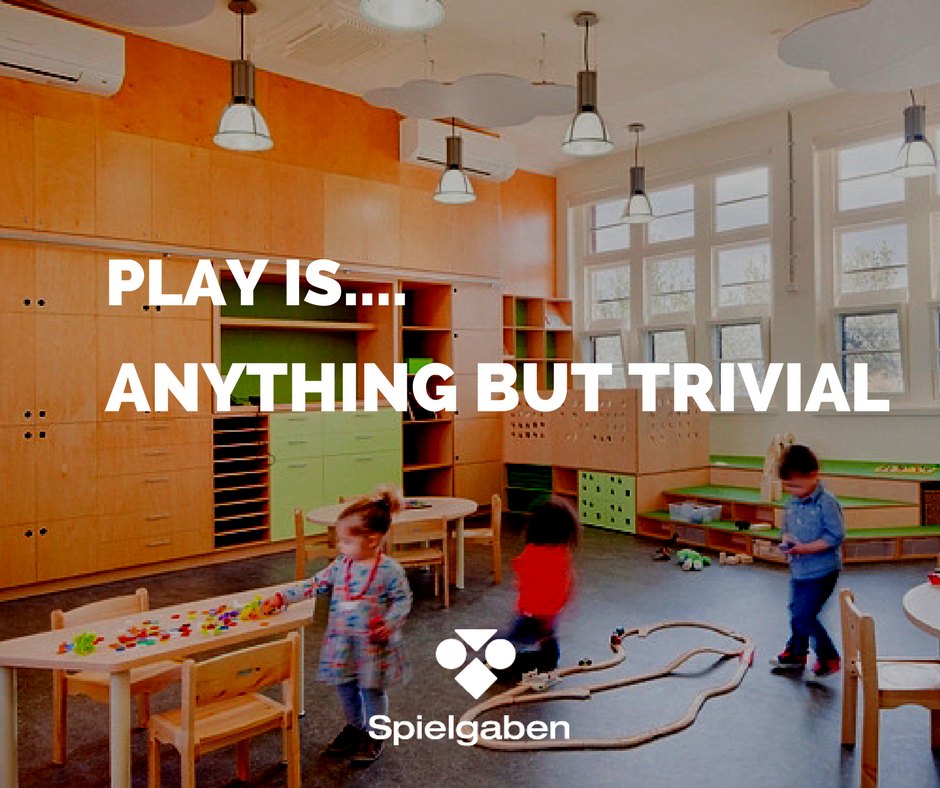



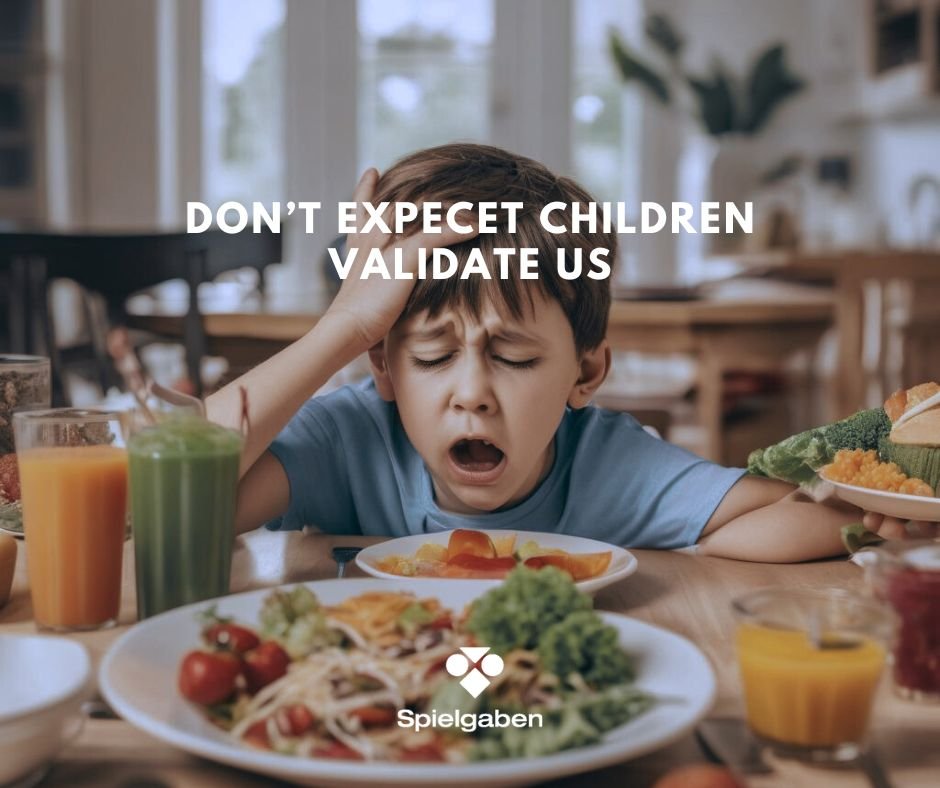
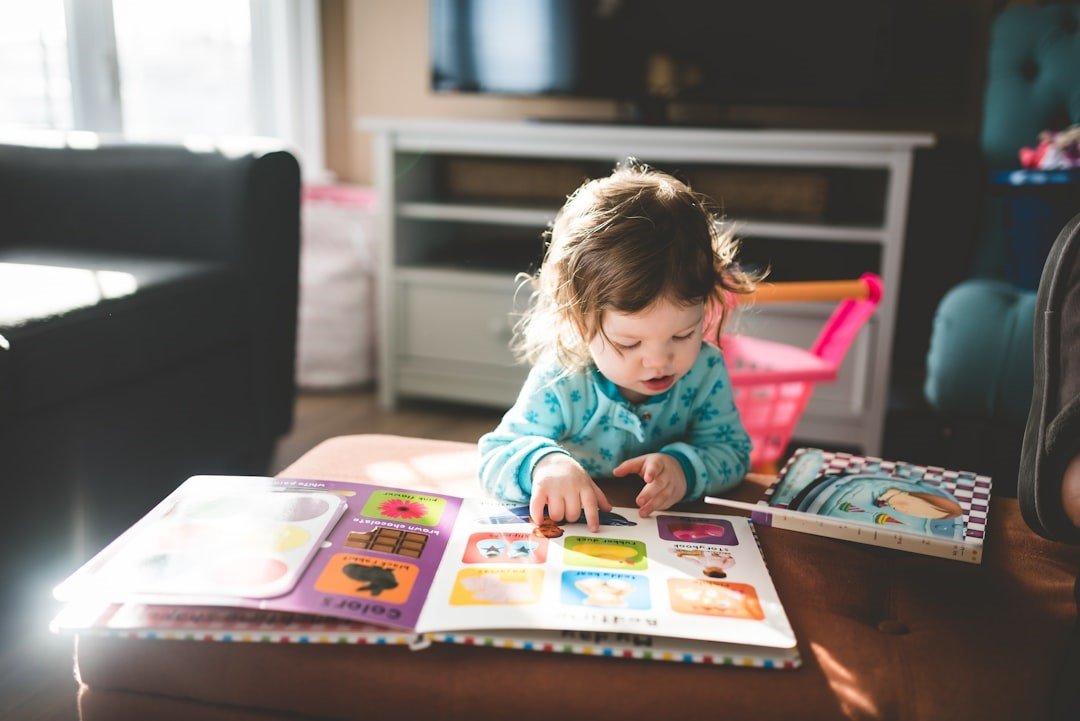
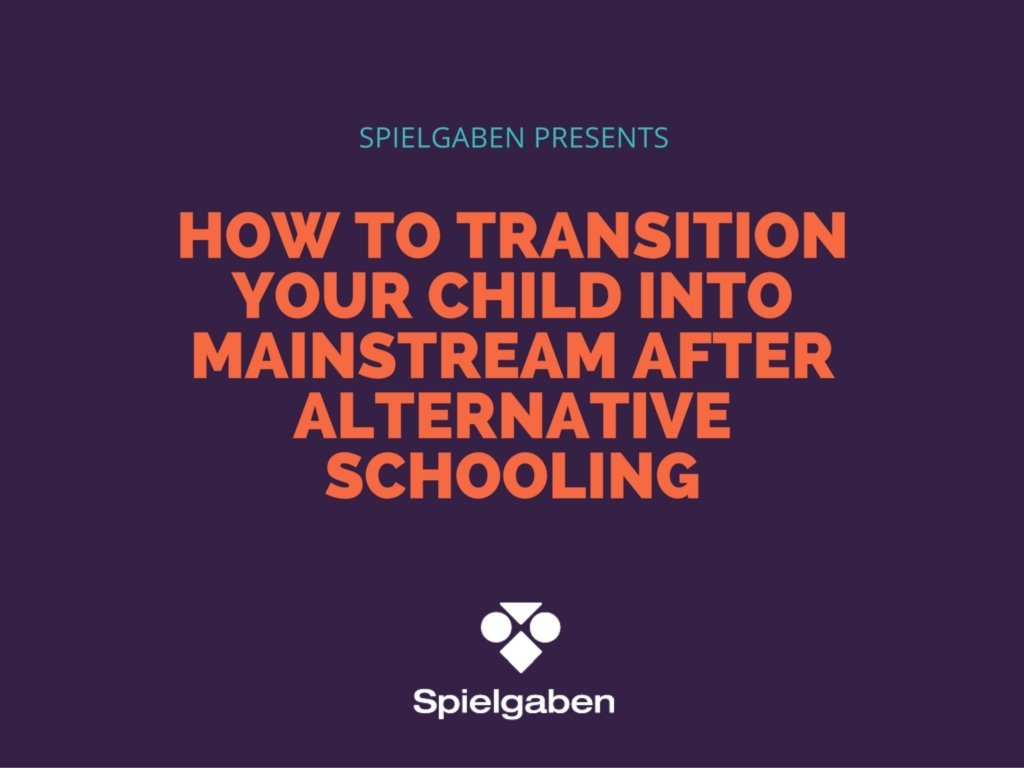
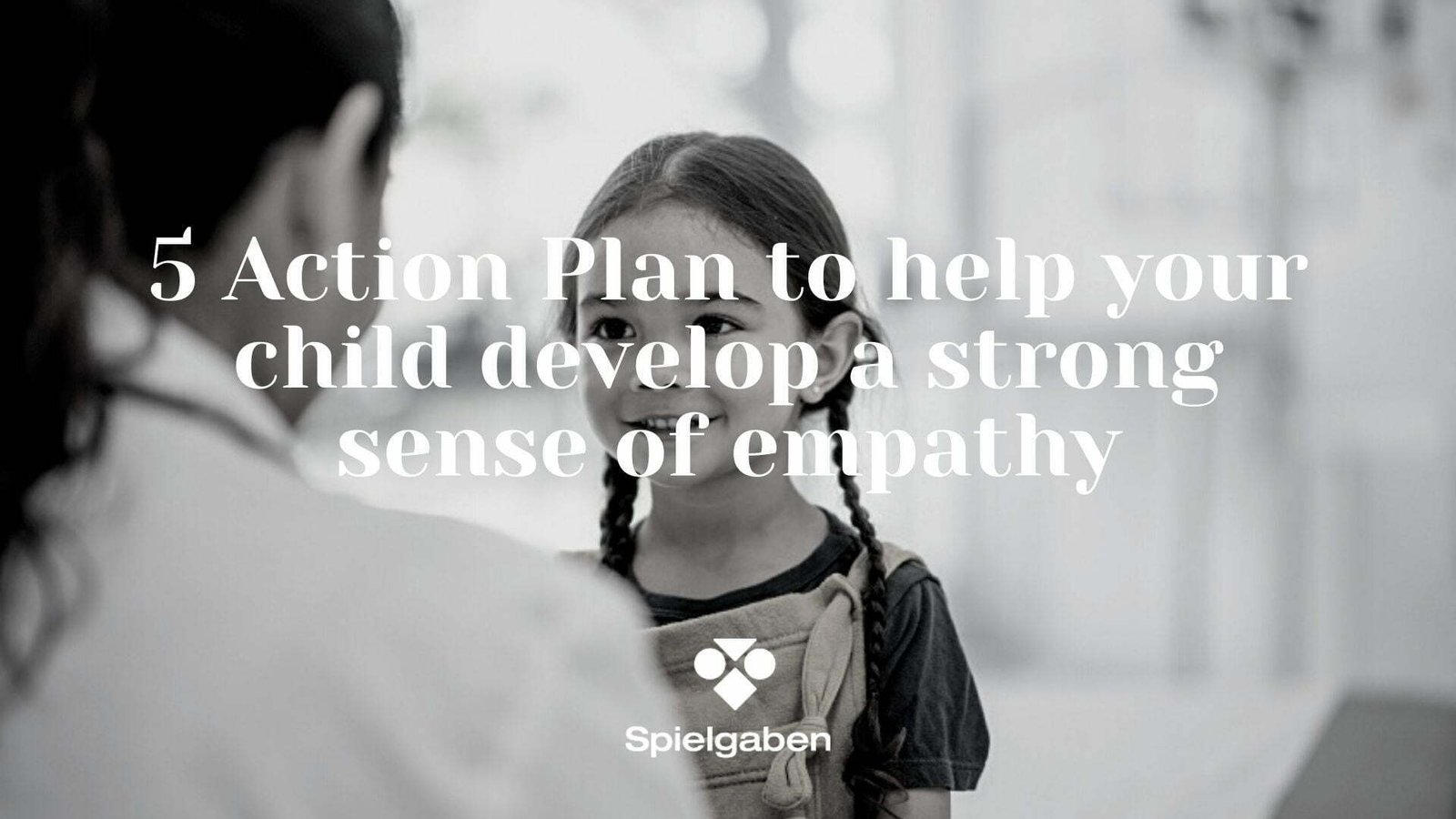

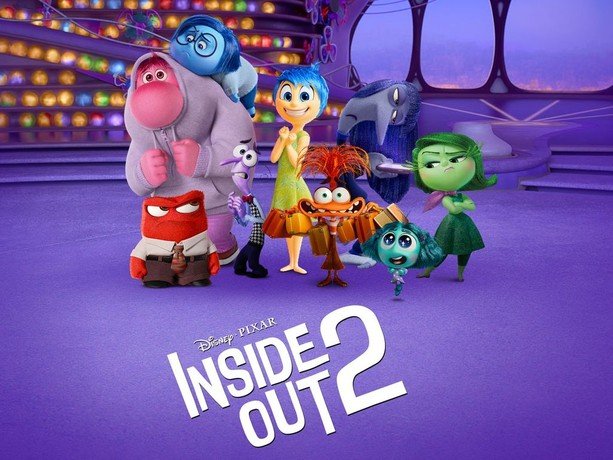


LEAVE A COMMENT